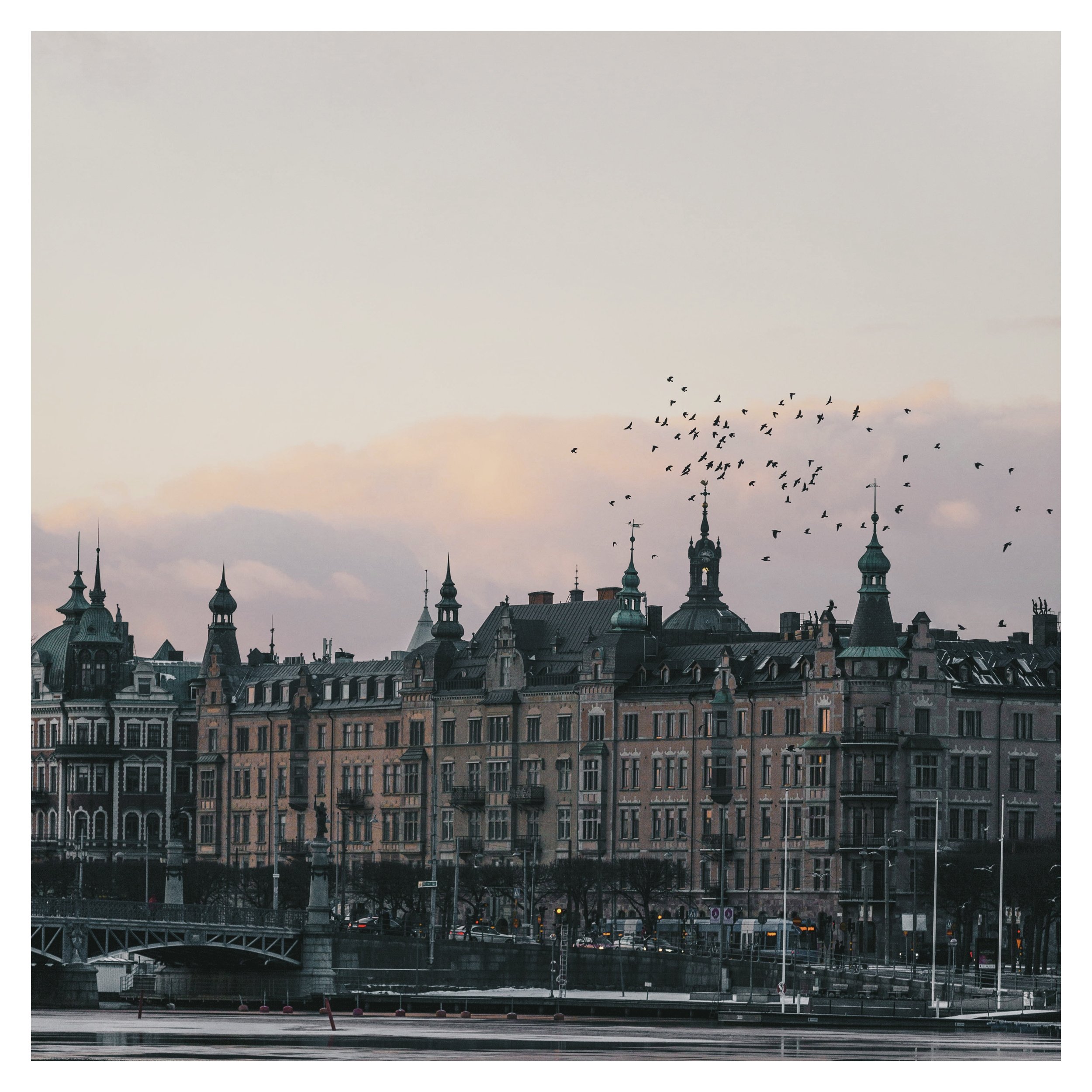Malta's Enigmatic Allure: A Photographer's Journey with the Hasselblad 500C/M
Introduction:
Embarking on a photographic expedition to Malta, I was eager to capture the island's rich tapestry of history, culture, and natural beauty. Equipped with my trusty Hasselblad 500C/M, complemented by both film and a digital back, I anticipated a seamless blend of classic and contemporary photography. Little did I know, Malta had its own set of surprises in store.
Navigating Valletta's Labyrinth:
Upon arrival in Valletta, the capital city renowned for its baroque architecture and narrow streets, I was immediately struck by the city's charm. However, the combination of left-hand traffic—a vestige of British colonial influence—and the Hasselblad's waist-level viewfinder presented unique challenges. Composing shots required meticulous attention, especially when framing the city's iconic balconies and facades.
The Unpredictable Elements at Dingli Cliffs:
Determined to capture the dramatic vistas of the Dingli Cliffs at sunset, I set out with high expectations. The weather, however, had other plans. A sudden windstorm tested the stability of my tripod—a crucial accessory when working with the Hasselblad to ensure sharp images. Despite the gusts, the medium format negatives promised rich detail and dynamic range, capturing the interplay of light and shadow over the Mediterranean.
Discovering Gozo's Hidden Gems:
A ferry ride to the neighboring island of Gozo led me to the lesser-known Tal Mixta Cave. The cave's entrance was so inconspicuous that I nearly missed it, mistaking it for a mere shadow. Inside, the breathtaking view of Ramla Bay unfolded, framed naturally by the cave's arch—a scene that felt like a reward for the adventurous spirit.
Mdina's Timeless Appeal Amidst Modern Festivities:
The ancient city of Mdina, with its cinematic alleys, beckoned. As a "Game of Thrones" enthusiast, walking through the iconic city gate was a dream. However, my visit coincided with a local festival, and the streets were alive with modern food stalls and souvenir vendors. This juxtaposition of medieval architecture and contemporary hustle offered unplanned yet captivating photographic opportunities.
Marsaxlokk's Vibrant Chaos:
In Marsaxlokk, a picturesque fishing village, I aimed to capture the vibrant boats bobbing gently in the harbor. Instead, I was met with a bustling market day, where serene waters were obscured by stalls selling everything from fresh fish to artisanal crafts. The colorful chaos provided a different kind of photographic opportunity, showcasing the island's lively spirit.
*Reflections:*
Reflecting on my Maltese journey, it's evident that while the island may appear inconspicuous, it's brimming with character and surprises. The unexpected challenges and unplanned moments added depth to my experience, reminding me that the best stories—and photos—often emerge from the adventures we least anticipate.
Ten Tips for Hasselblad 500C/M Travel Photography:
Master the Waist-Level Viewfinder: Composing images through the waist-level finder offers a unique perspective but requires practice to get accustomed to the reversed image.
Carry a Reliable Light Meter: The Hasselblad 500C/M lacks a built-in light meter. Investing in a quality handheld meter ensures accurate exposure readings, especially crucial when shooting film.
Pack Multiple Film Backs: Having extra film backs allows for quick changes between different film types or speeds, providing flexibility in varying lighting conditions.
Be Mindful of Shutter and Film Advancements: Remember that the Hasselblad requires manual cocking of the shutter and advancing of the film. Develop a consistent routine to avoid double exposures or missed frames.
Secure a Sturdy Tripod: The weight of the Hasselblad, combined with the need for precise composition, makes a stable tripod essential, especially in low-light situations.
Consider a Digital Back for Versatility: Attaching a digital back can offer immediate feedback and the convenience of digital storage while retaining the classic handling of the 500C/M.
Protect Against the Elements: Medium format equipment can be sensitive to environmental factors. Use protective gear to shield your camera from dust, moisture, and extreme temperatures.
Engage with Locals Respectfully: Building rapport can lead to more authentic and candid shots. Always ask for permission when photographing individuals, respecting their privacy and culture.
Plan for Film Storage: Ensure you have adequate storage for exposed and unexposed film rolls. Consider temperature when storing film to maintain its integrity.
Embrace the Deliberate Process: Shooting with the Hasselblad 500C/M encourages a thoughtful approach. Embrace the slower pace, and let each frame be a mindful composition.
Conclusion:
Thank you for joining me on this journey through Malta's enigmatic landscapes. Remember, whether you're capturing moments on film or digitally, the essence of photography lies in the stories we tell and the experiences we embrace. Until next time, keep exploring and capturing the world through your unique perspective.









































































